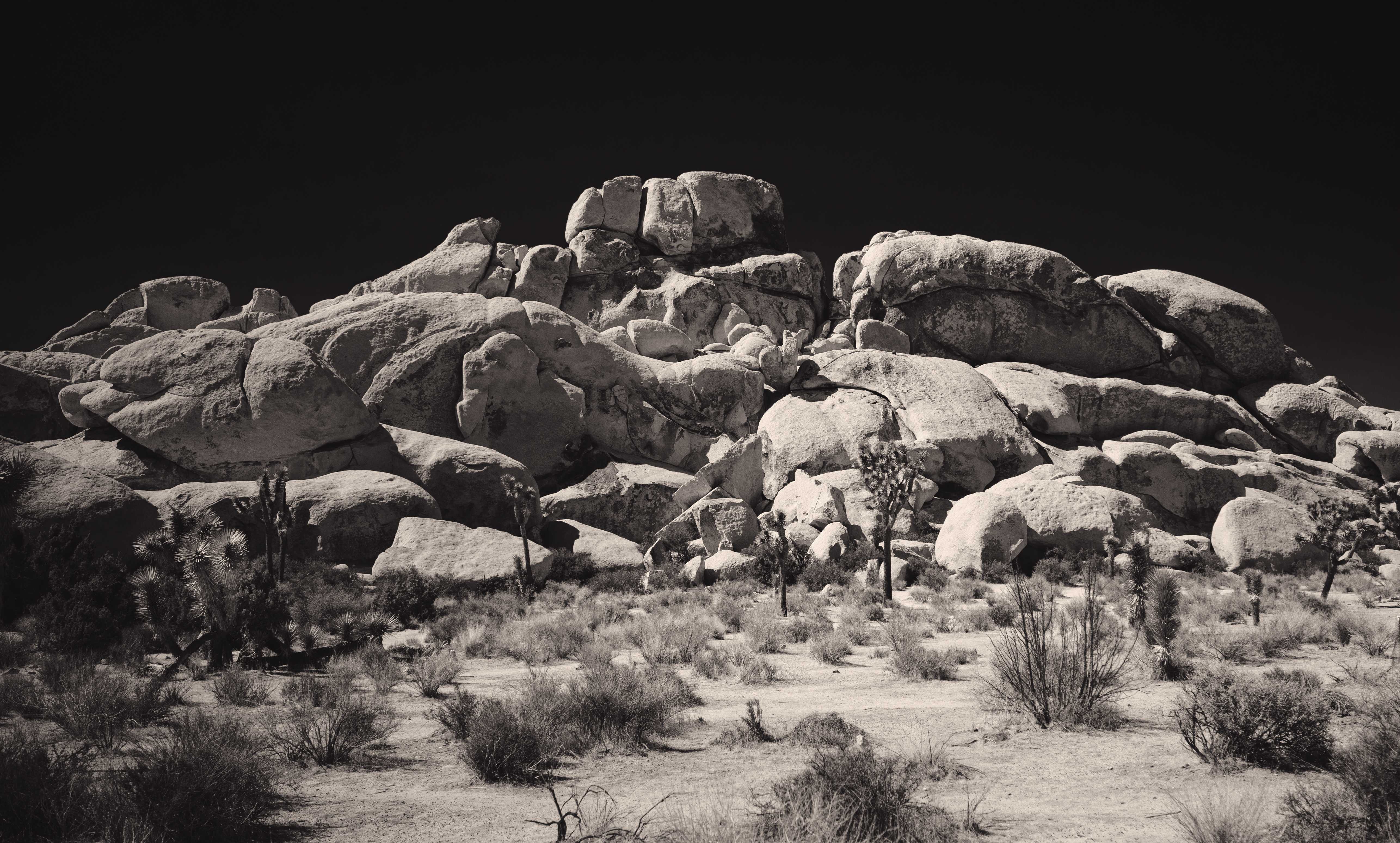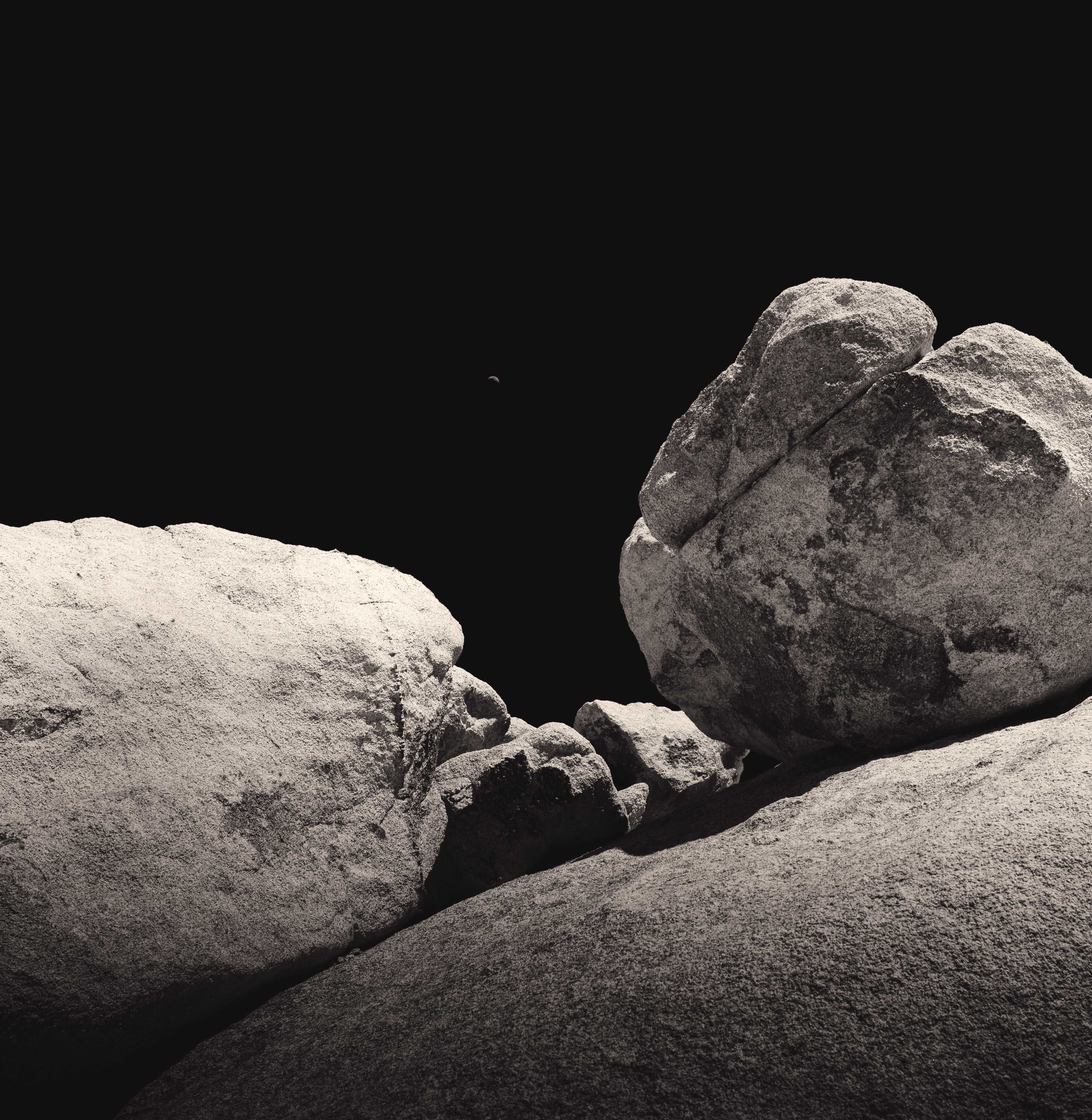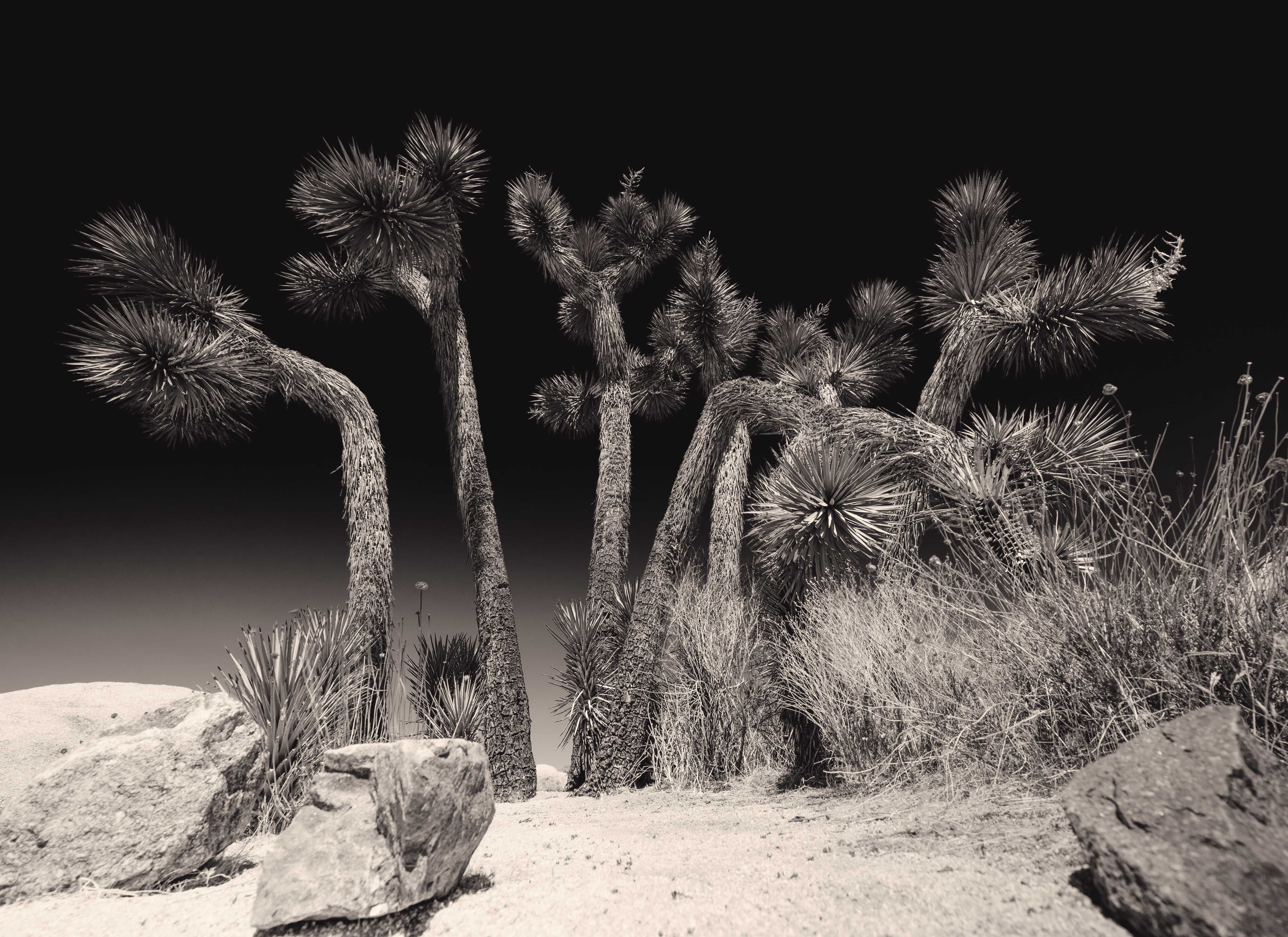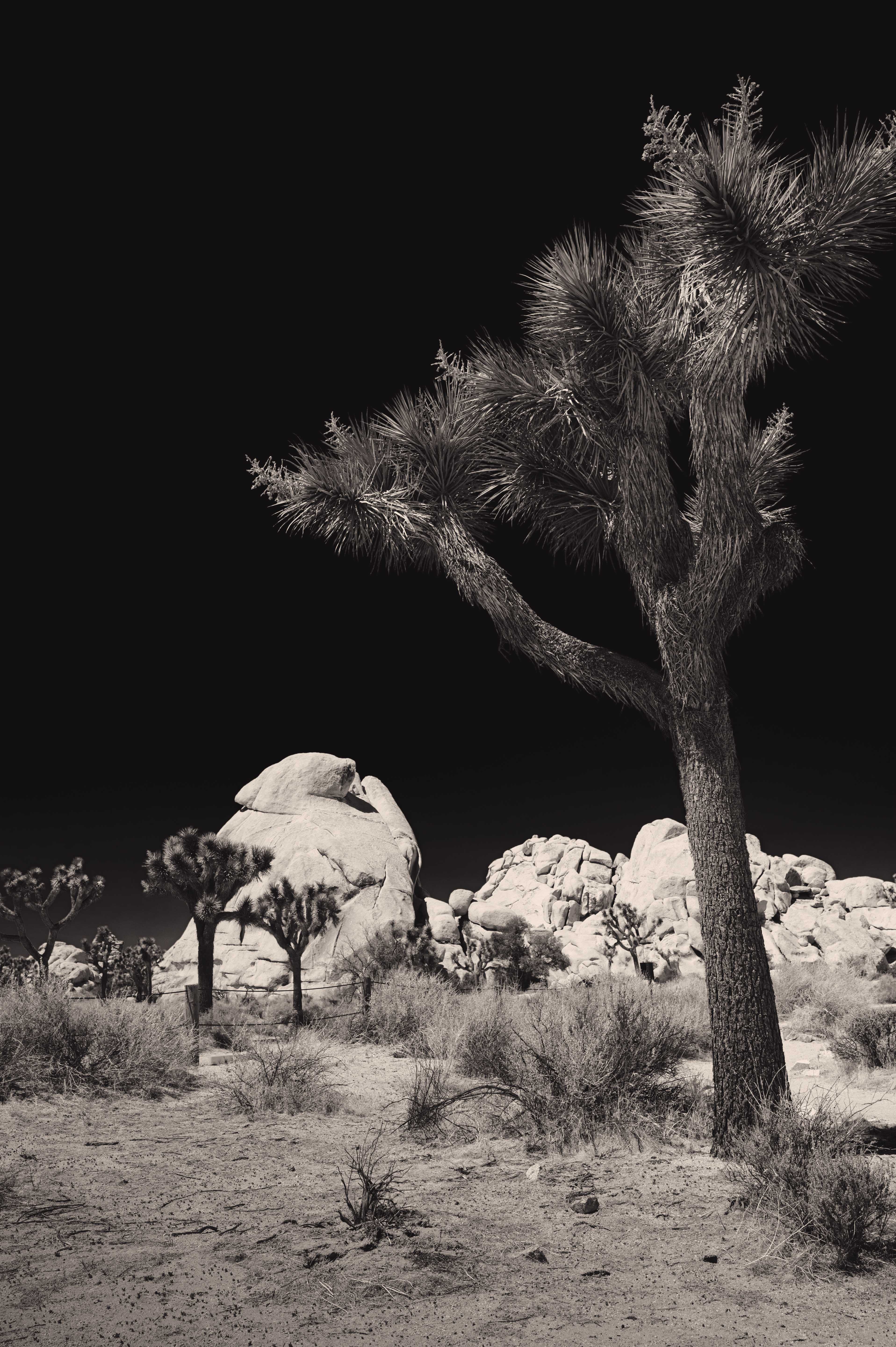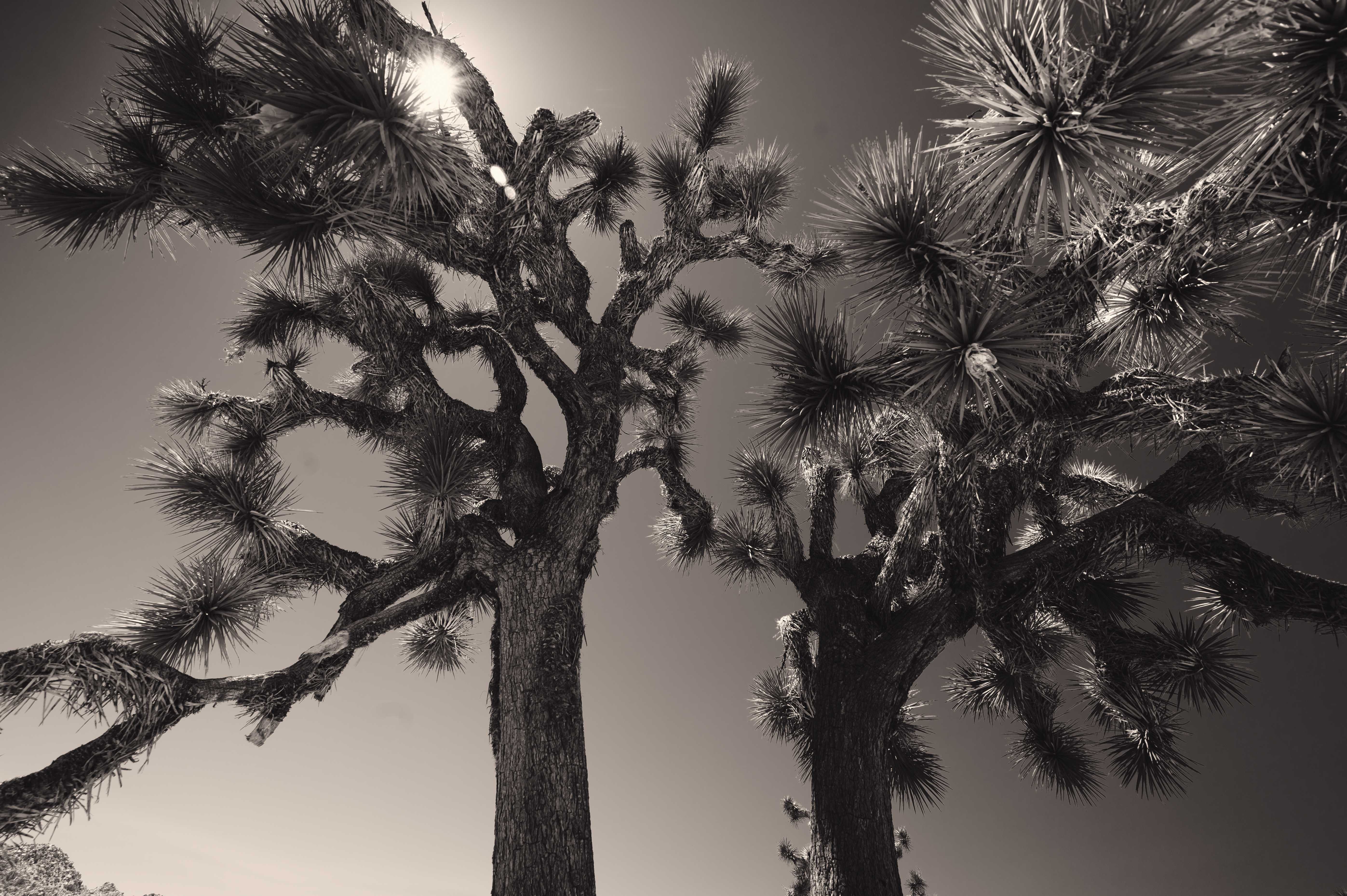Photos and story by Angel Peña
Located about 50 miles east of Palm Springs lies a protected area of desert that is home to stunning rock formations, unique wildlife and several different types of desert plants.
Named after its iconic trees, Joshua Tree National Park became the 54th national park October 31, 1994. Since then, it has been a hub for rock climbers and nature enthusiasts.
This area is made up of the Mojave and Colorado deserts, creating two distinct ecosystems. The terrain in the park is constantly changing due to wind and rain storms.
Over 730 different species of animals perfectly adapted to handle extreme temperatures and an infrequent water supply call this park home.
Despite the extreme temperatures and dry climate, more than 2.4 million people visited the park in 2020 to take in the serene environment.
Rock climbers are a common site at Joshua Tree. These thrill-seekers come from all around the country to scale the peculiar rock formations scattered around the park.
The park welcomes beginner and veteran climbers as it features a variety of formations ranging in difficulty.
Nature and landscape photographers are drawn to the park to catch a glimpse of the multitude of species and plant life that the area has to offer during the day.
However, once the sun dips below the horizon and the landscape goes dark, visitors can gaze at the millions of stars and other astral objects they are deprived of in the city due to light pollution.

